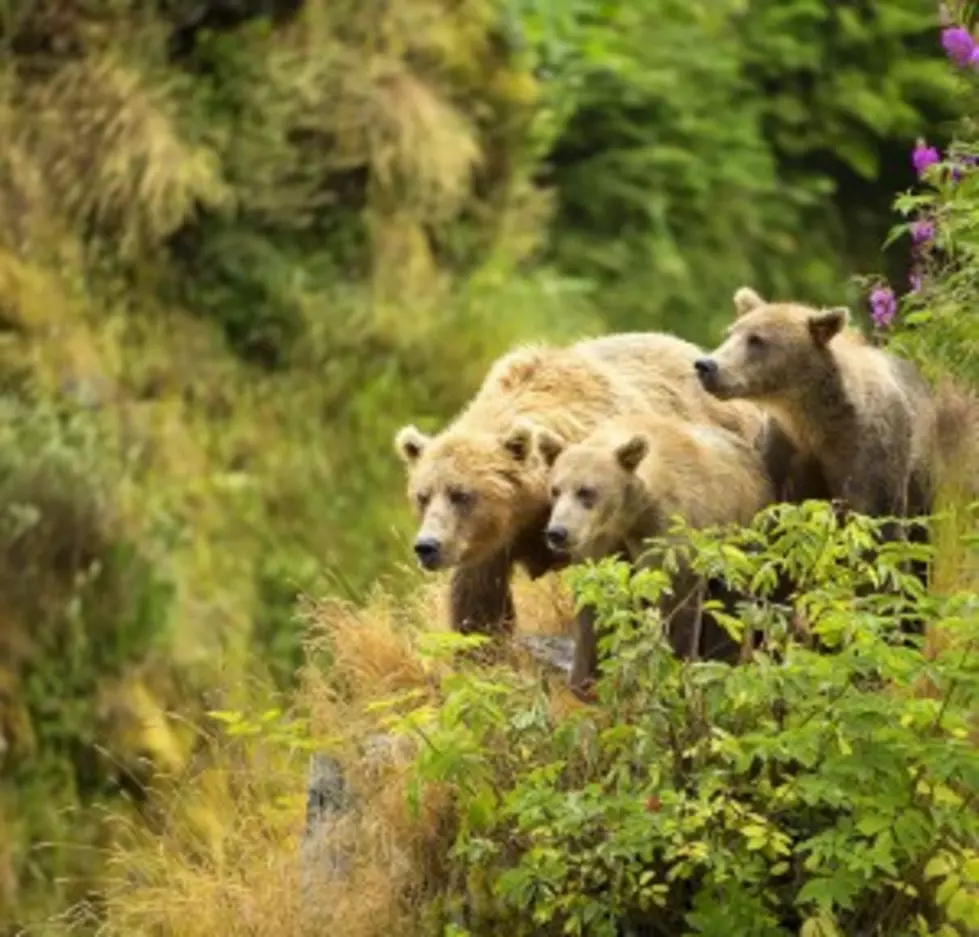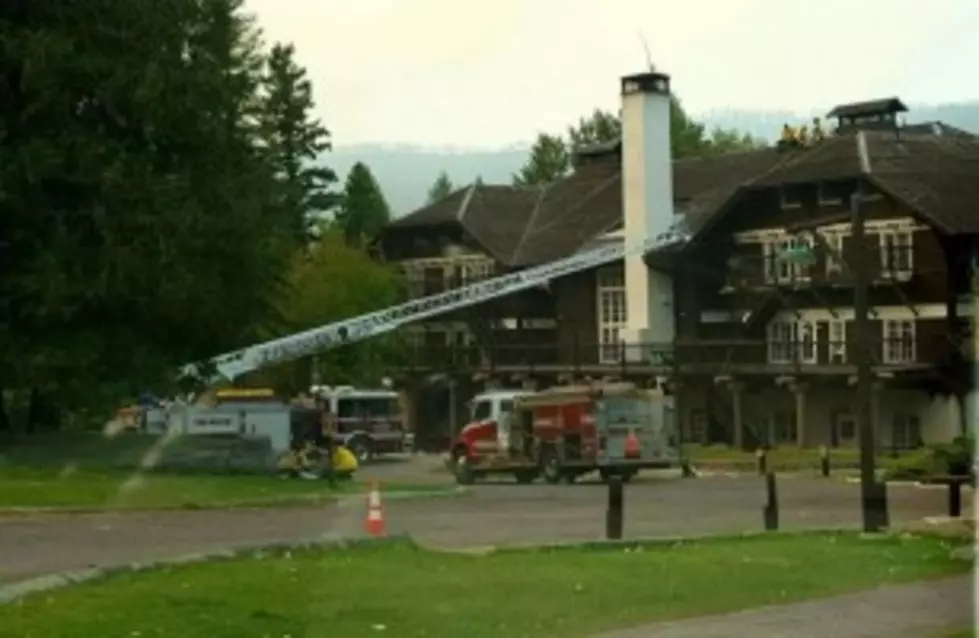
UM Wildlife Research: Alaska Brown Bears Choose Berries Over Salmon
MISSOULA – In 2014, University of Montana doctoral candidate Will Deacy left Missoula for Alaska’s Kodiak Island. As in years past, he was studying how bears in the Kodiak National Wildlife Refuge “surf the red salmon wave” – moving from stream to stream filling their bellies as salmon runs come in.
Although bears had started eating salmon as expected, he arrived at the peak of the spawning run to find the steams full of salmon, but with no bears in sight. The scene repeated itself the next year.
Deacy, now a postdoctoral researcher at Oregon State University, wanted to know why. Under the mentorship of then-director of UM’s Flathead Lake Biological Station, Jack Stanford, and together with biologists from Oregon State University and the Kodiak National Wildlife Refuge, they found that the brown bears had abandoned the spawning salmon because climate warming had caused another bear food, red elderberries, to ripen earlier than usual.
Their findings recently were published in the journal Proceedings of the National Academy of Sciences. The study, with Deacy as the lead author, reports that the bears are more interested in chowing down on early-arriving red elderberries. The likely result of this “prey switch,” the researchers conclude, is a disrupted ecosystem on Alaska’s Kodiak Island.
“Prior to that summer, we found streams that were littered with thousands of shredded salmon carcasses,” Deacy said. “In 2014 and again in ’15, we were stunned to find such a strikingly different scene. There were piles of rotting, intact carcasses that had died after spawning instead of being killed by bears.”
It turns out the bears were feeding on abundant red elderberries, which typically ripen after salmon have finished spawning in streams.
In a typical year, the bears eat spawning salmon in small streams during mid-summer, followed by berries in late summer, and finally switch back to catching salmon in rivers and on lake beaches during fall. This pattern provides bears with a continuous supply of high-quality foods. The bears can only be in one place at a time and can only eat so much each day, so they benefit when their resources are chronologically spread out. When their food sources overlap in time, they must choose which to eat and which to skip.
The researchers found that due to warm spring temperatures on Kodiak, the berries were developing fruit weeks earlier at the same time as the peak of the salmon migration. And 2014 was one of the warmest years on the island since record keeping began 60 years ago. Although there will continue to be considerable variation in Kodiak's climate, the warming trend is likely to continue.
The research team analyzed the bears’ scat to find direct evidence that the bears were consuming the berries and not the salmon.
“An earlier berry crop shut down one of the most iconic predator-prey scenes in nature,” said Jonny Armstrong, an ecologist at OSU and member of the research team. “As climate change reschedules ecosystems, species that were once separated in time are now getting a chance to interact – in this case the berries, bears and salmon. This is going to have large impacts that are hard to predict.”
For example, birds that depend on bears pulling salmon out of the stream could be seriously affected, he said. Other far-reaching effects may include changes in streamside vegetation, evolving salmon populations, and impacts on plant pollinators.
“It is a strange, indirect effect of climate change,” Deacy said. “These bears eat dozens of different foods throughout the year, but now two of them are overlapping. This is causing a disruption in the food web that could have profound implications for the ecology of the island.”
The abundance of salmon and berries on Kodiak Island are why there are so many bears there and why they are so large, said Jack Stanford, director emeritus at UM’s Flathead Lake Biological Station and one of the study’s co-authors.
“This overlap in their resources forces the bears to make a choice that could in the long run result in fewer bears and/or unexpected changes in ecosystem structure,” Stanford said.
The study’s co-authors included William Leacock at Kodiak National Wildlife Refuge, Charles Robbins and Joy Erlenbach at Washington State University, David Gustine at Grand Teton National Park, Eric Ward at the Northwest Fisheries Science Center.
The Flathead Lake Biological Station and U.S. Fish and Wildlife Service, through its refuge and inventory and monitoring programs, funded the research.
The study can be read online HERE .
More From K96 FM









